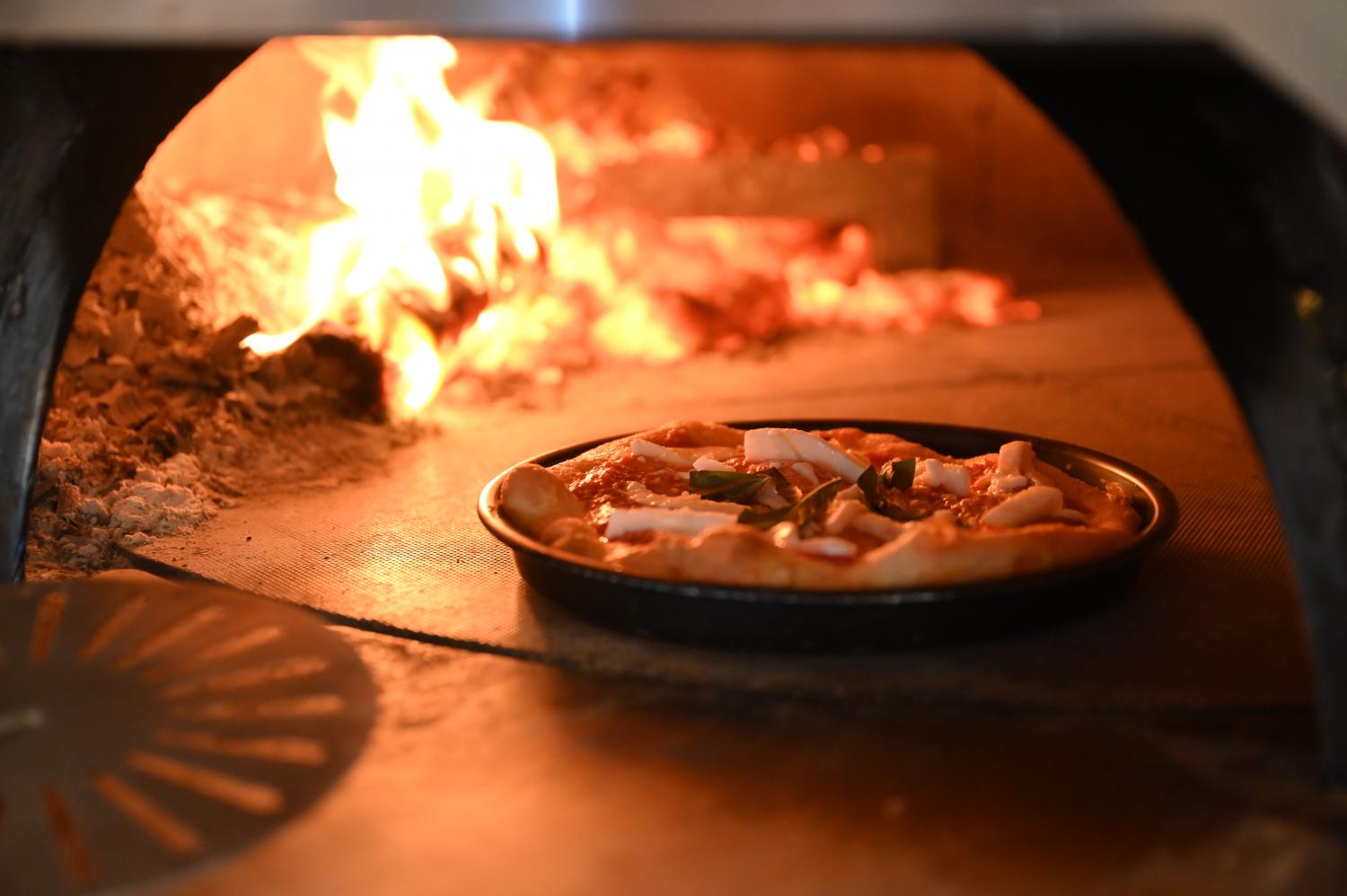'You can tell Neapolitan pizza apart from other pizzas easily by the perfect puff-up texture, the fresh appearance of the sauce and the fragrance.
"Actually, you can tell by just the look," said Don Antonio Starita, a pizza maestro from Naples.
The Neapolitan pizza, or Naples-style pizza, is a product of traditional ingredients, perfect maturation of the dough, proper kneading techniques, and an uncompromising oven and precise timing. "Not all Italian pizza chefs can make Neapolitan pizza like the Neapolitans do," he said.
While the Neapolitan pizza is unquestionably treasured by gourmands all over the world -- the art of making it is listed as a Unesco cultural heritage -- this much-loved Italian treat originated as a meal of the poor.
The story of pizza was first documented in 997 AD as a common flatbread dish of Central and Southern Italy. Today, in Naples, the birthplace of pizza, there are more than 900 pizzerias.
Among the oldest and most respected is the Starita family's 122-year-old pizzeria in a small alley in the Materdei district.
Pizzeria Starita a Materdei, which opened in 1901, is not just a culinary attraction but provides an iconic cultural backdrop for Vittorio De Sica's 1954 film L'Oro Di Napoli.

To ensure a supple soft texture with a slightly-charred, billowy crust, the Neapolitan pizza must be cooked in a wood-fired oven for a precise 90 seconds.
It is also the place Don Antonio grew up as the third generation of the pizza-making family.
"Being the only son of six children in an indigent household, I had to learn how to make pizza from a very young age so I could continue on with the family business and help earn money," he said.
Under his leadership, the business later extended outside Naples -- to Milan, Turin and Florence as well as New York, where Don Antonio opened in 2012 in Midtown Manhattan.
He recently launched Starita Bangkok, the first Starita pizzeria outside Italy, on Thong Lor 13.
"This project is not just business, but it is also to share our family heritage with Thais, especially the younger generation, so they can really understand Neapolitan cuisine and be able to make authentic Neapolitan pizza and not just any pizza," Don Antonio said.
"Hopefully, it will not conclude as only a restaurant but also a pizza academy."
To the question of "Why Thailand?", he said: "I believe people from Naples and Thais have similar favourable energy."
He explains that, just like the Neapolitans, Thais are fun-loving, sociable and open-minded while having instinctive cooking skills and strong street food culture.
Such attitudes are crucial in making good Neapolitan pizza, which bears no such thing as definite recipes.
For example, to have a perfectly risen dough, the pizza chef has to adapt the proportion of flour, salt, yeast and water according to the weather. The topping meanwhile is a result of the capable handling of raw ingredients, in this case, the fresh tomatoes and buffalo mozzarella cheese preferably from Campania region.
However, there is some preciseness and regulation in the pizza kitchen that need to be adhered to.
One thing, according to Starita, is the oven.
To ensure a supple soft texture with a slightly-charred, billowy crust, the Neapolitan pizza must be cooked in a wood-fired oven built from volcanic soil and stone. At Starita, only faggio (beech wood) is used to provide the constant flame heat at 430-480C, which allows the pizza to be perfectly cooked at a precise 90 seconds.
Margherita, with tomato, mozzarella, basil and extra-virgin olive oil topping; and marinara, with tomato sauce, extra virgin olive oil, oregano and garlic, are the two most common variations of Naples-style pizza.
At Starita Bangkok, which is manned by a team of Naples-born pizza chefs, highlights also include a selection of pizze fritte (lightly fried pizza) such as the Montanara with Neapolitan sauce, smoked provola cheese, Pecorino Romano PDO and basil.
When told that Thais could be so creative that they might come up with new local renditions of the Neapolitan classic, he said: "The key is that you have to respect the original."

